
This parent guide supports parents in helping their child at home with the 7th grade Science content.
- Subject:
- Science
- Material Type:
- Reference Material
- Vocabulary
- Author:
- Kelly Rawlston
- Letoria Lewis
- Date Added:
- 10/11/2022

This parent guide supports parents in helping their child at home with the 7th grade Science content.

This resource accompanies our Rethink 7th Grade Science course. It includes ideas for use, ways to support exceptional children, ways to extend learning, digital resources and tools, tips for supporting English Language Learners and students with visual and hearing impairments. There are also ideas for offline learning.
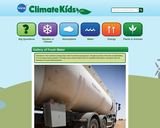
This series of 12 captioned images depict some of the issues facing Earth’s fresh water supply, such as pollution, drought, and glacial retreat. The Climate Kids website is a NASA education resource featuring articles, videos, images and games focused on the science of climate change.
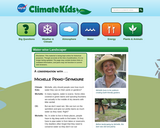
A landscaper explains, through an interview format, how it is possible to design and maintain yards and gardens that require very little water. The Climate Kids website is a NASA education resource featuring articles, videos, images and games focused on the science of climate change.

This article explains the role that the ocean- and the effect of ocean warming- plays in determining the temperature differences between the North and South Poles. The article is part of the Climate Kids website, a NASA education resource featuring articles, videos, images and games focused on the science of climate change.

In this lesson, students will explore convection using classroom experiments on Earth and then compare the results with the results of the same experiment in the microgravity environment onbaord the International Space Station.

Students learn how the atmosphere and oceans affect one another, especially as related to El Nino.
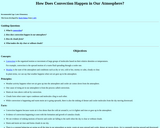
In this lesson, students will investigate how convection happens in the atmosphere and how this affects weather on Earth.

This lesson is the first of a two-part series on the science of hurricanes and the kinds of technology being used to identify and track them. In this activity students examine different scientific aspects of hurricanes, all in an effort to begin to understand the nature of motion?particularly how changes in speed or direction of motion are caused by forces.

This resource is an illustration and information on the water cycle.

In this classroom lab activity, students will work with a plastic cup, straw, and drinking water to gain a better understanding of how atmospheric pressure works.

In this lesson, students learn about air. Through a variety of hands-on experiences presented as stations in the classroom, students will discover properties of air, including that air has volume, mass, and pressure; that it is compressible; and that it expands when heated. They will also learn about the major molecular components of our atmosphere (nitrogen, oxygen, argon), the four layers of our atmosphere, and that air contains water vapor. Note: The videos referenced in the lesson narrative are no longer available online, but the station activities are not dependent on the content in the video.

Students will read a passage and write answers to questions based on the passage. This resource supports English language development for English language learners.
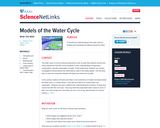
Students develop an understanding of the water cycle by building and evaluating two different physical models.
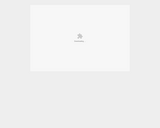
In this multimedia lesson, students learn about ocean currents. Associated interactive activities include "El Nino," where students examine images and graphics to explore the links between ocean currents, El Nino, and weather and "Currents and Marine Life," where students explore the differences between upwelling and downwelling.
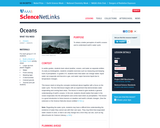
Students examine the connection between the oceans and the water cycle.

This is an activity about the atmospheric conditions (greenhouse strength, atmospheric thickness) Mars needs to maintain surface water. Learners will use a computer interactive to learn about Mars past and present before exploring the pressure and greenhouse strength needed for Mars to have a watery surface as it had in the past. This lesson is part of Project Spectra, a science and engineering education program focusing on how light is used to explore the Solar System.

This quiz assesses student knowledge of the water cycle.
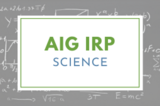
Within the earth science strand of 7th grade science, students focus on understanding the cycling of matter in and out of Earth’s atmosphere. In this task, students will research five weather phenomena and use this information to create five “recipes for disaster” to be compiled for a class analysis for similarities and differences and a general understanding of the importance of temperature, pressure, and humidity in weather. The web/text research and result analysis, as well as the creative writing nature of this lesson, allow students to build content understanding while promoting 21st Century Skills. This lesson was developed by NCDPI as part of the Academically and/or Intellectually Gifted Instructional Resources Project. This lesson plan has been vetted at the state level for standards alignment, AIG focus, and content accuracy.

This course was created by the Rethink Education Content Development Team. This course is aligned to the NC Standards for 7th Grade Science.